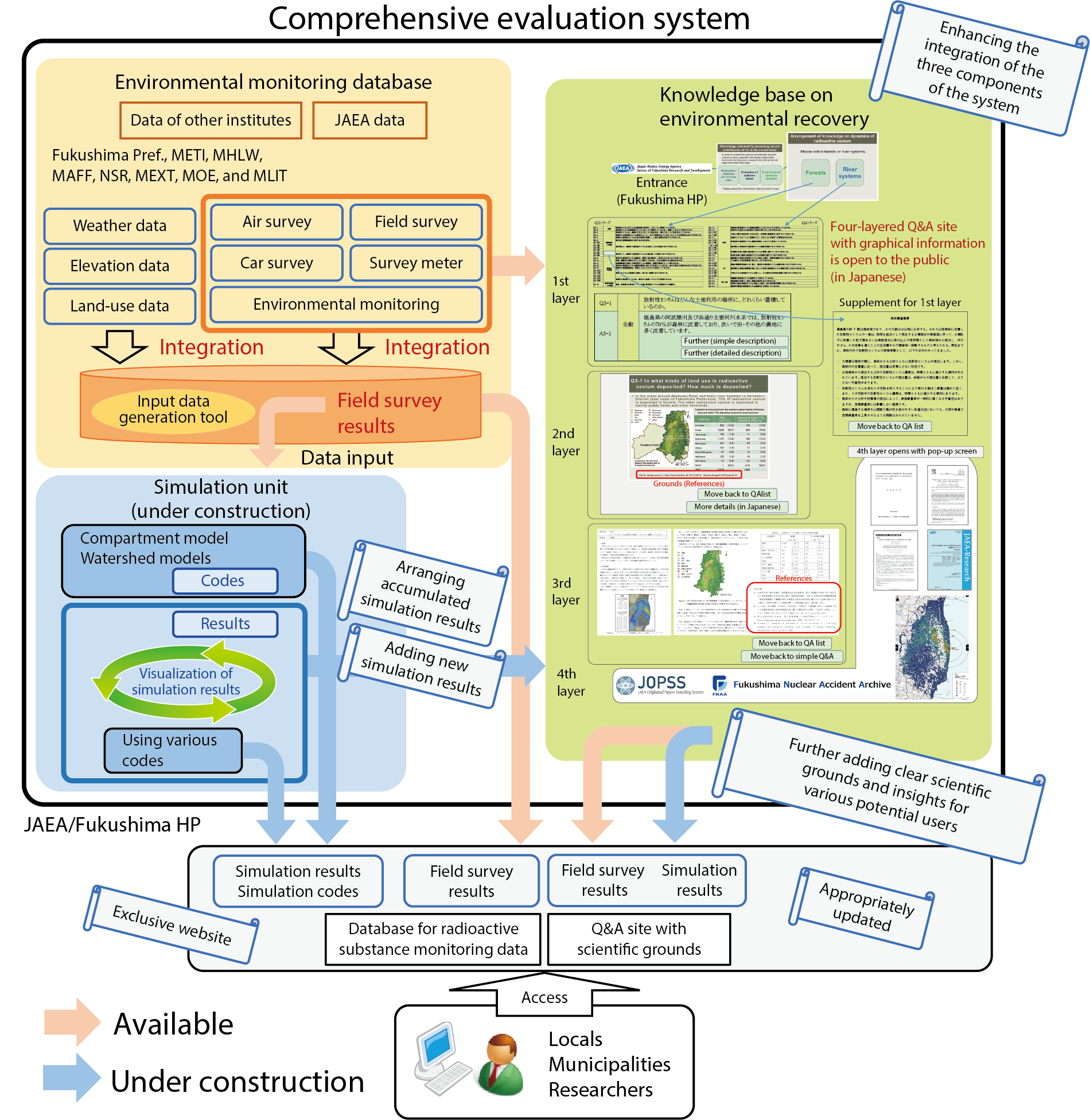
Fig.1-41 Concept of a comprehensive-evaluation system
Even now, radionuclides dispersed in the Fukushima environment by the accident at the TEPCO’s Fukushima Daiichi NPS largely remain in forests. Over time, these radionuclides can pass out to the ocean and living environments under the action of wind and water flows. People are concerned with the potential risks that this poses to health and daily life.
In order to understand this issue in its entirety, evaluate its effects, and decide on countermeasures, JAEA and other research institutes have been conducting environmental monitoring since the accident. However, the findings of their studies are dispersed between various web pages, reports, research papers, pamphlets, and so forth. Therefore, it takes a great deal of time and effort for residents and local municipalities to gather all necessary information on the subject. We have gathered scientific findings on the migration of radioactive cesium and the recovery of the environment in Fukushima from various institutes. We have combined these with our own findings, and created a system to allow users to search easily for all relevant information. We are now enhancing this system so that evaluation of the environmental dynamics of radioactive cesium is possible. The system is called a comprehensive evaluation system (Fig.1-41).
The research results are arranged in a common format in the environmental-monitoring database. Visualization of the results is possible in this system. The system allows users to find various information on environmental-radiocesium dynamics with the description level matched to their needs (the knowledge base on environmental recovery), without referring to other media. For users who wish to know more details, the simulation unit gives access to simulation results on the transport of radioactivity in the environment, with land-use, topography, soil type, vegetation type, and initial radiocesium-deposition amounts taken into account. In addition, the various results have been summarized in an easy-to-understand Q&A format in the knowledge base on environmental recovery. Thus, the system provides information according to the needs of individual users.
It is recognized that understanding the re-circulation of radioactive cesium in forest environments and the sources of dissolved cesium discharged into rivers are important issues. We are therefore advancing research in these areas in response to concerns amongst local inhabitants. We will continue to update the system in accordance with the release of new research findings.